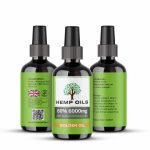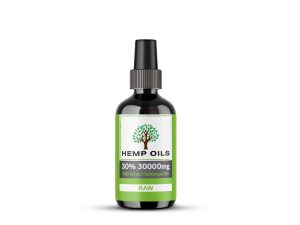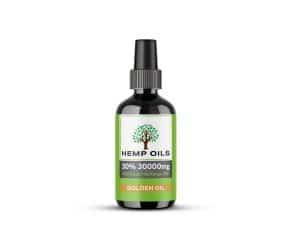Hemp oil has gained significant popularity in recent years due to its numerous health benefits. Extracting oil from hemp involves a meticulous process that requires expertise and precision. In this article, we will delve into the various methods of hemp oil extraction, providing a step-by-step guide to help you understand the process. Additionally, we will discuss how to ensure quality and efficiency in the extraction process.
Understanding the Hemp Oil Extraction Process
Hemp oil extraction is the process of separating the oil from the plant’s biomass. This can be achieved by using various methods, each with its pros and cons. The primary goal is to extract the beneficial compounds present in the hemp plant, such as cannabinoids, terpenes, and flavonoids, while minimizing unwanted impurities.
Exploring Different Methods of Hemp Oil Extraction
There are several methods commonly used for hemp oil extraction, including solvent extraction, steam distillation, and CO2 extraction. Solvent extraction involves using a solvent like ethanol or butane to dissolve the oil from the plant material. Steam distillation, on the other hand, utilizes steam to separate the oil from the plant. CO2 extraction is a more advanced method that utilizes pressurized carbon dioxide to extract the oil.
Step-by-Step Guide to Extracting Oil from Hemp
-
Preparation: Begin by selecting high-quality hemp plants. Remove any unwanted materials, such as stems or leaves, and ensure the hemp is properly dried.
-
Decarboxylation: To activate the cannabinoids, heat the hemp at a specific temperature for a certain duration. This step is crucial for unlocking the full potential of the plant.
-
Grinding: Once the hemp is decarboxylated, grind it into smaller pieces to increase surface area, allowing for better extraction.
-
Extraction: Choose your preferred extraction method and carefully follow the instructions. Whether it’s solvent extraction, steam distillation, or CO2 extraction, ensure all safety precautions are taken.
-
Separation: After extraction, the oil needs to be separated from the solvent or water used. This can be done through various methods, such as filtration or evaporation.
-
Purification: To ensure the highest quality, the extracted oil may undergo further purification processes to remove any remaining impurities.
Ensuring Quality and Efficiency in Hemp Oil Extraction
To ensure quality and efficiency in hemp oil extraction, it is crucial to use high-quality hemp plants and select the most appropriate extraction method for your desired outcome. Additionally, maintaining proper temperature, pressure, and extraction time during the process can significantly impact the final product’s quality. Regular testing and analysis of the extracted oil is essential to ensure it meets safety and quality standards.
Extracting oil from hemp requires knowledge, precision, and attention to detail. By understanding the extraction process, exploring different methods, and following a step-by-step guide, you can achieve high-quality hemp oil. Remember to prioritize quality and efficiency in your extraction process to unlock the full potential of this beneficial plant.




